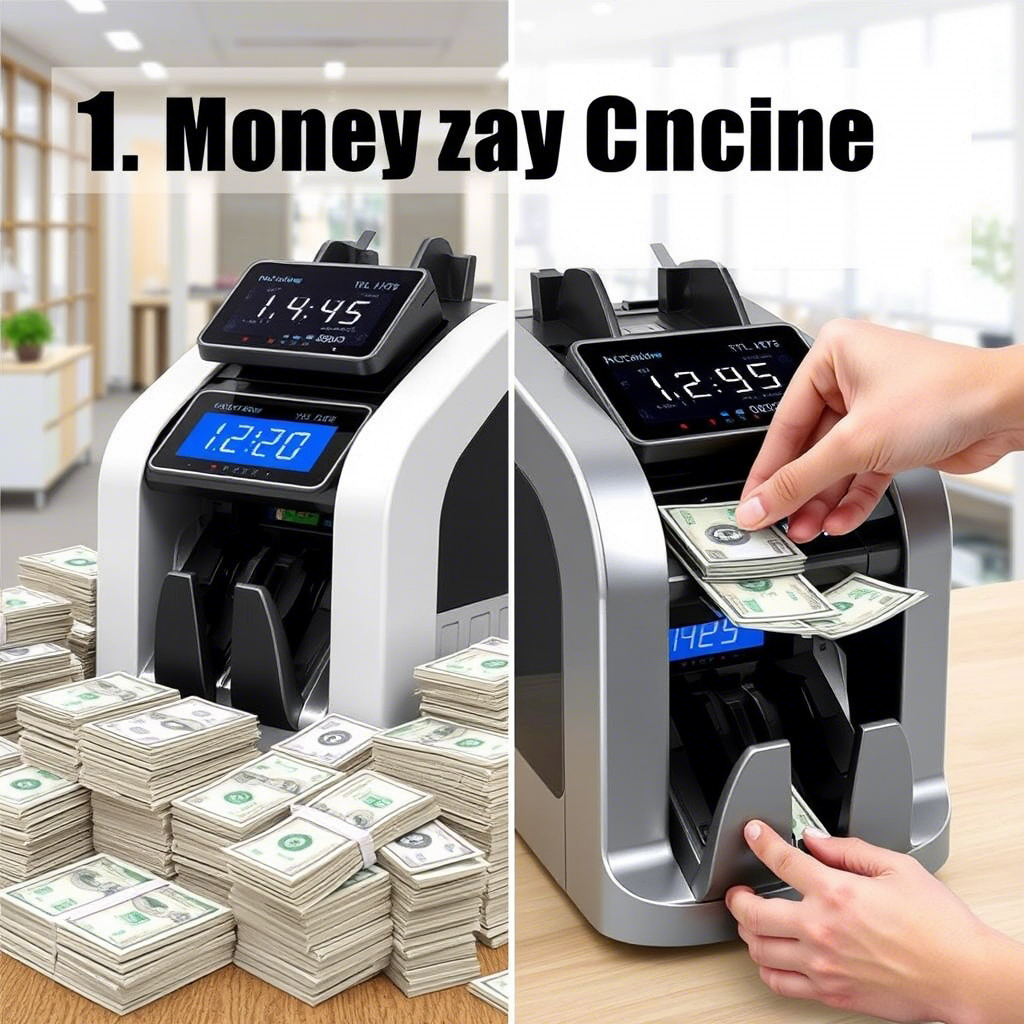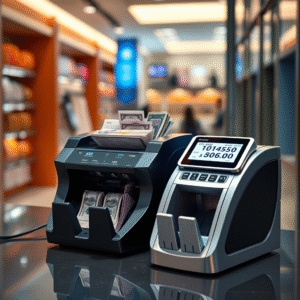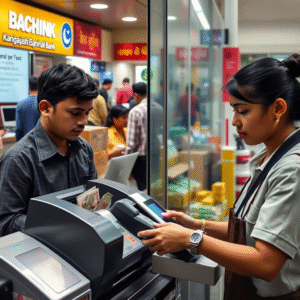Navigating the world of money counting machines can be tricky. This guide dives into the latest models, comparing features, benefits, and how they fit into various business needs, from retail to banking.
Why Upgrade to the Latest Money Counting Machine?
Let’s face it, manually counting cash is a drag. It’s slow, prone to errors, and frankly, nobody wants to do it. The latest money counting machines aren’t just about speed; they’re about accuracy, efficiency, and security. Think of them as mini-fortresses for your cash.
The tech has come a long way. We’re talking about machines that can not only count bills lightning-fast but also detect counterfeits with impressive accuracy. Some even sort bills by denomination, face, and orientation. Imagine the time savings!
Here’s a quick look at why upgrading makes sense:

- Increased Accuracy: Fewer human errors mean fewer discrepancies.
- Improved Efficiency: Count cash in minutes instead of hours.
- 增强的安全性: Counterfeit detection protects your bottom line.
- Streamlined Reporting: Some machines generate reports for easy reconciliation.
- Reduced Labor Costs: Less time spent counting means more time for other tasks.
Consider these real-world scenarios:
Retail Stores: Faster closing procedures, reduced cash handling errors.
Restaurants: Efficient tip pooling, accurate daily revenue tracking.
Banks and Credit Unions: High-volume processing, robust counterfeit detection.
赌场: Rapid counting and sorting of large sums of money.
Charities: Transparent donation counting, accurate record-keeping.
Key Features to Look For in a Modern Money Counter
Okay, so you’re sold on the idea. But what should you actually look for in a money counting machine? Here’s a breakdown of the essential features:
计数速度: Measured in bills per minute (BPM). Higher BPM means faster counting. Look for models that offer adjustable speeds.
假冒商品检测: This is crucial. Common methods include UV (Ultraviolet), MG (Magnetic), IR (Infrared), and CIS (Contact Image Sensor) detection. The more, the better.
料斗容量: How many bills can the machine hold at once? A larger hopper means less frequent reloading.
Stacker Capacity: How many bills can the machine stack after counting? Similar to hopper capacity, a larger stacker improves efficiency.
Display and Interface: Is the display clear and easy to read? Is the interface intuitive to use? Nobody wants to spend hours deciphering complicated menus.
批处理功能: Can the machine count bills into preset batches? This is useful for preparing bank deposits or distributing cash.
Adding Function: Can the machine keep a running total of the bills counted? This eliminates the need for manual calculations.
Sorting Function: Can the machine sort bills by denomination, face, or orientation? This is a huge time-saver for businesses that handle a lot of cash.
连接性: Does the machine have ports for connecting to a printer or computer? This allows for easy report generation and data transfer.
Noise Level: Some machines can be quite noisy. Consider the noise level, especially if you’ll be using the machine in a quiet environment.
尺寸和便携性: Does the machine fit comfortably on your countertop or desk? Is it easy to move around if needed?
Maintenance: How easy is the machine to clean and maintain? Are replacement parts readily available?
Warranty and Support: What kind of warranty does the manufacturer offer? Is there reliable customer support available if you have questions or problems?
Let’s talk about counterfeit detection in more detail. Here’s a breakdown of the different methods:
- UV (Ultraviolet) Detection: Checks for UV markings that are present on genuine banknotes but absent on most counterfeits.
- MG (Magnetic) Detection: Detects the presence of magnetic ink, which is used in genuine banknotes.
- IR (Infrared) Detection: Analyzes the infrared properties of banknotes, which are difficult to replicate.




